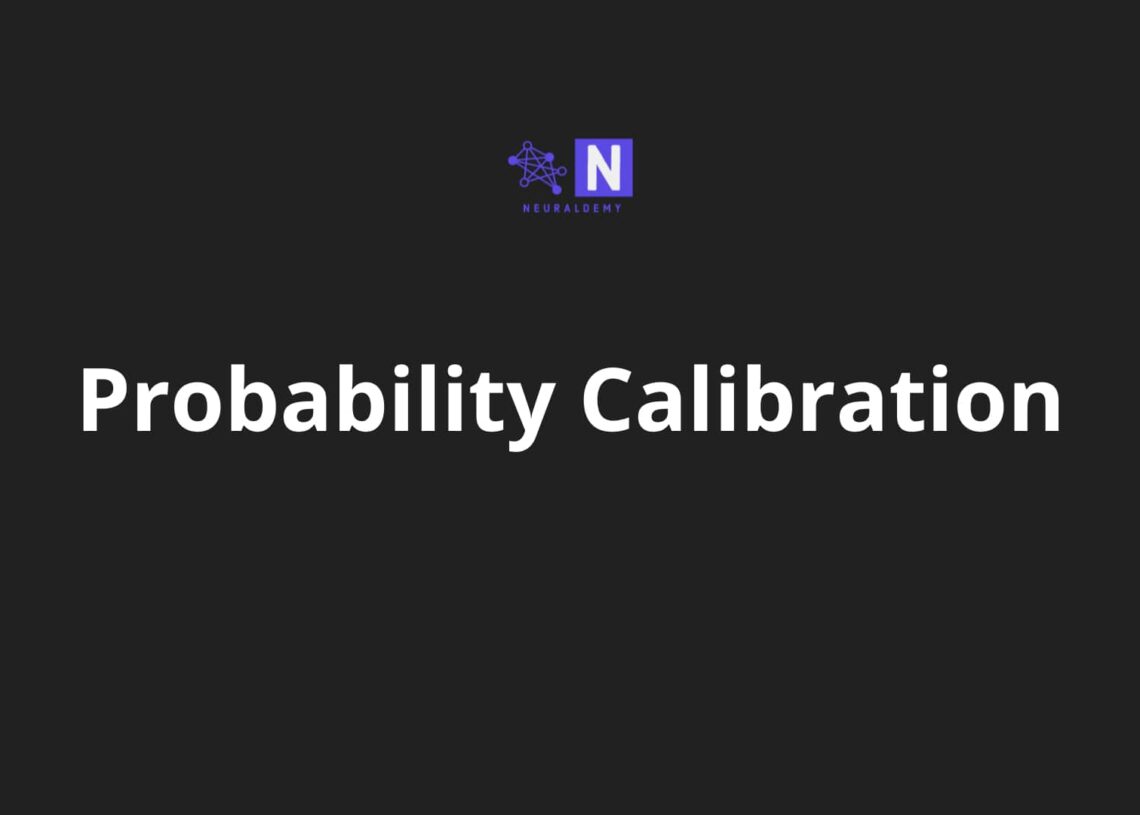Probability Calibration in Machine Learning
Probability calibration is the key to unlocking the true potential of machine learning models, ensuring that the predicted probabilities align with the actual likelihood of events. In this tutorial, we will see how we can perform probability calibration, using techniques like sigmoid calibration and isotonic regression, both conveniently implemented through the sklearn library.
Here’s a sneak peek at what we are going to learn:
- Platt Scaling:
- Uncover the nuances of Platt Scaling, a method that utilizes logistic regression to refine predicted probabilities. Learn how to fine-tune your model’s confidence scores and enhance its reliability.
- Isotonic Regression:
- Dive into the world of isotonic regression, a powerful technique implemented using sklearn. Discover how it goes beyond rigid assumptions, allowing you to make nuanced adjustments to predicted probabilities for improved calibration.
- Probability Calibration Essentials:
- Understand the core principles behind probability calibration. Understanding why accurately calibrated probabilities are crucial for reliable machine learning models.
- Reliability Diagrams:
- Explore reliability diagrams as a visual tool to assess the calibration performance of your models. Learn how to interpret these diagrams and identify areas for improvement.
- Brier Score:
- Delve into the Brier Score, a metric that quantifies the accuracy of probabilistic predictions. Understand how it can be a valuable measure for evaluating the calibration performance of your models.
By the end of this tutorial, you’ll have a solid understanding of these calibration techniques and the practical skills to implement them using sklearn.
If you have any questions, feel free to ask in the forum.
-
Sale Product on sale
 Linear Algebra For Machine Learning And Data Science
Linear Algebra For Machine Learning And Data Science40.00$Original price was: 40.00$.24.99$Current price is: 24.99$. -
Sale Product on sale
 Probability and Statistics for Machine Learning and Data Science
Probability and Statistics for Machine Learning and Data Science30.00$Original price was: 30.00$.19.00$Current price is: 19.00$.
Amritesh Kumar
I believe you are not dumb or unintelligent; you just never had someone who could simplify the concepts you struggled to understand. My goal here is to simplify AI for all. Please help me improve this platform by contributing your knowledge on machine learning and data science, or help me improve current tutorials. I want to keep all the resources free except for support and certifications. Email me @amriteshkr18@gmail.com.


![[In Depth] Linear Regression: Concept And Application Linear Regression: Concept And Application](https://neuraldemy.com/wp-content/uploads/2024/01/Linear-Regression-75x75.jpeg)
![[In Depth] Logistic Regression: Concept And Application Logistic Regression: Concept And Application](https://neuraldemy.com/wp-content/uploads/2024/01/Logistic-Regression-75x75.jpeg)
![[In Depth] Stochastic Gradient Descent: Concept And Application Stochastic Gradient Descent](https://neuraldemy.com/wp-content/uploads/2024/01/Presentation-16_9-1920x1080-px-75x75.jpeg)